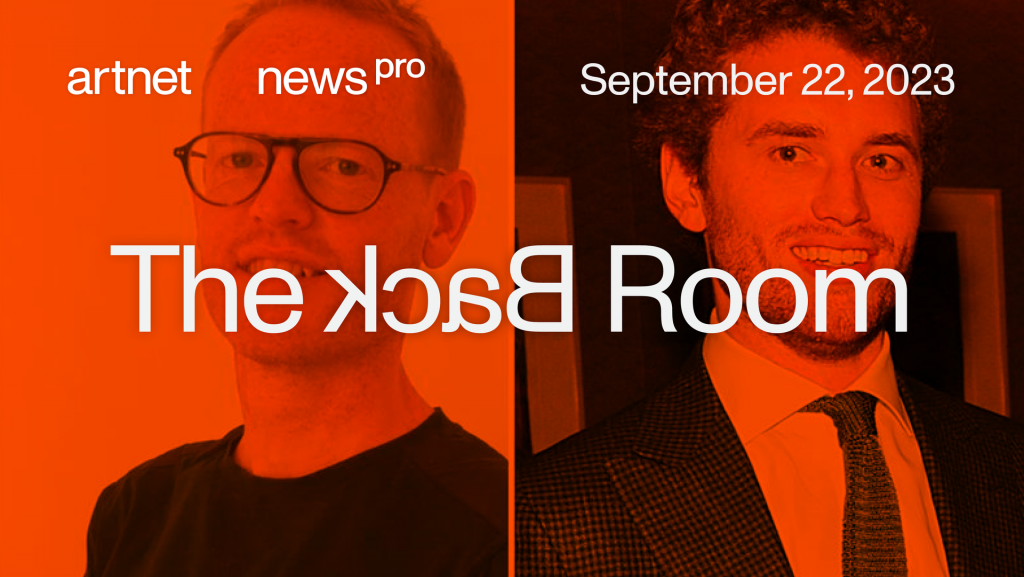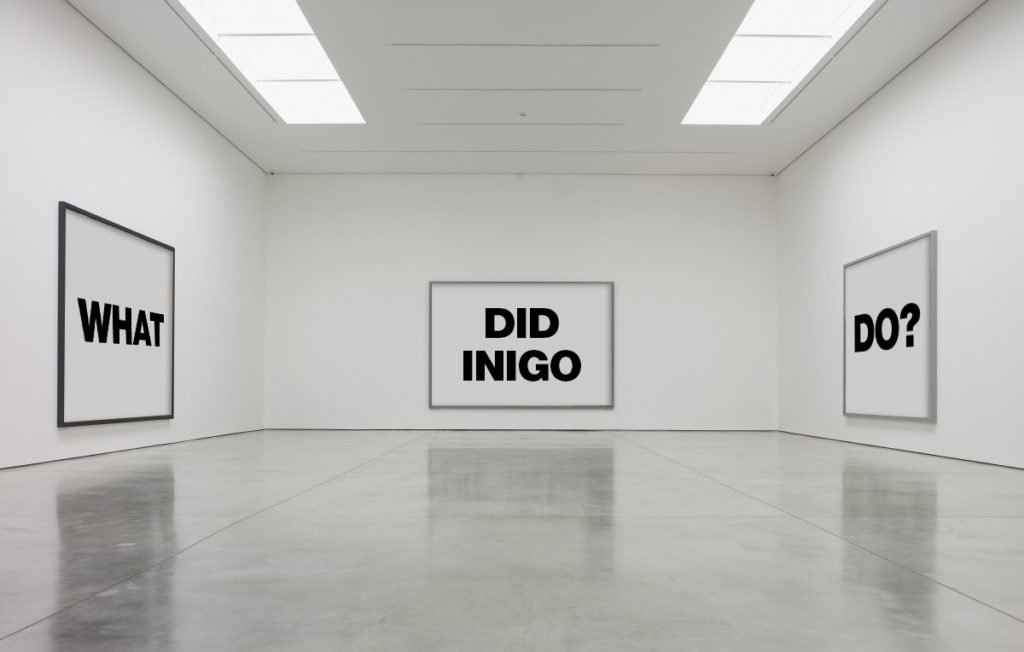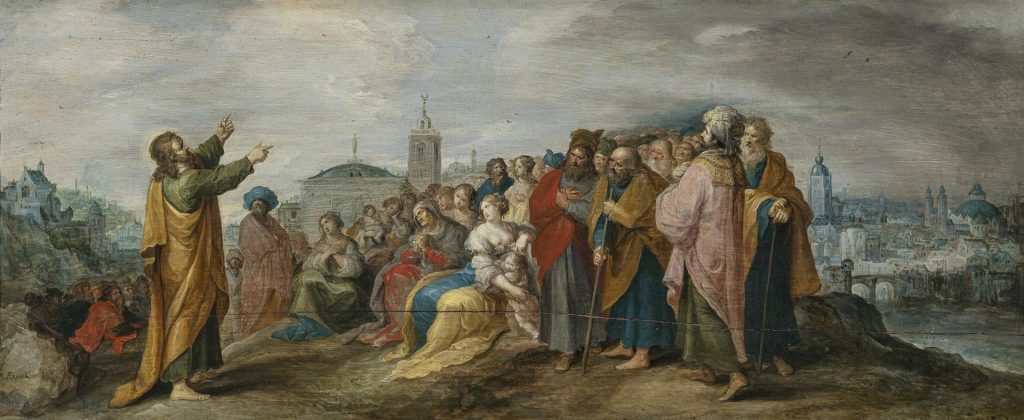The Back Room
The Back Room: Legal Lessons
A look back at Inigo Philbrick's swindle as his accomplice is sentenced, how Gagosian poaches artists, and much more.

A look back at Inigo Philbrick's swindle as his accomplice is sentenced, how Gagosian poaches artists, and much more.

Artnet News

Every Friday, Artnet News Pro members get exclusive access to the Back Room, our lively recap funneling only the week’s must-know intel into a nimble read you’ll actually enjoy.
This week in the Back Room: a look back at Inigo Philbrick’s mega-swindle as his accomplice is sentenced to prison, how Gagosian poaches top-tier artists, a painting stolen from Hitler twice, and much more—all in a 7-minute read (1,991 words).

Image courtesy Artnet Intelligence Report.
On the occasion of art-fraud accomplice Robert Newland’s sentencing this week, we thought we’d take a look back at the saga of Inigo Philbrick—the Michael Milken of our milieu—and see what lessons, if any, we’ve learned.
Loyal Back Room readers surely know the background here, but just to refresh our collective memories, let’s recall how the fresh-faced young dealer and his financial engineering expert sidekick got themselves sent to prison…
Once one of the best-connected players in the contemporary art market, Philbrick’s art-dealing enterprise was revealed as a house of cards when his business collapsed in late 2019, soon after a disgruntled client, Berlin-based art investors Fine Art Partners, sued him and revealed elements of the fraud.
It turned out Philbrick had sold shares amounting to more than 100 percent in artworks he did not own, falsified contracts, forged signatures, and invented fictitious clients in order to propel his ruse. He also used art he didn’t own outright as collateral for loans. He is currently incarcerated in federal prison in Allenwood, Penn.
Newland was indicted by the U.S. Attorney’s office in March 2022 and pleaded guilty to one count of conspiracy to commit wire fraud in September 2022. On Wednesday (September 20), Newland was sentenced to 20 months incarceration followed by two years of supervised release in a New York district court.
In the lead-up to his sentencing, Newland and his legal team scrambled to portray him as more unwitting sidekick than financial mastermind in a bid for leniency. It partly worked—Judge Sidney Stein recommended he be moved to the U.K., where he is a citizen, to serve out his sentence closer to family, and that the sentence be lighter than U.S. Bureau of Prison guidelines suggest for such crimes.
But digging deeper into sentencing memos, we can trace where Newland went wrong: when he brought—or tried to bring—financial innovation to the art-dealing business.
Deep in the 80-page memo that is largely dedicated to arguments about why justice would be served by house arrest and community service, lies a telling and heavily redacted passage, the heading of which is itself entirely redacted.
It describes a German company “seeking to finance art trades” that Philbrick turned away around 2015 (presumably Fine Art Partners). But Newland, who joined up with Philbrick after he was impressed by how profitable his enterprise was initially, “saw a chance not only to help rescue the foundering joint venture, but to prove his worth in what he still hoped could be a vibrant future business.” It goes on:
While the sailing had not been smooth thus far, the trades continued to produce extraordinary returns. Philbrick’s primary complaint was the lack of funding; his primary desire, to buy more—and more expensive—art without limitations on his freedom.
Ah, liquidity. The stuff that makes the world go round. Combine it with access, which makes the art world go round, and you have a business.
The omissions make it a little hard to follow, but the next bit gets to the heart of the matter:
Rob … explained to Philbrick that while [redacted] did not want to take a lot of risk, he believed they could structure deals in a way that would suit them both. He suggested giving [up] the first 10% of any profits on a trade and in exchange, they would invest 70% up front and provide the joint venture with a disproportionate share of any profits over 10%—an arrangement that would lead to huge returns on minimal investments if Philbrick continued to trade the way Rob had first seen.
And here we have the troubling premise upon which so many financial mistakes are built: that the investments will continue to trade at the present levels. This was surely in play back in 2008—mortgage-related investments made perfect sense only if the housing market continued its ascent.
It appears that Newland, though, was structuring the deals in a way that would read as high risk, even desperate to your average Wall Street analyst—because, in that parlance, he was giving up the first profits and also taking the first losses. But in this instance, unlike the aftermath of the 2008 housing bubble, the perpetrators are going to jail.
Was it hubris? Naivete? Unclear, and of course, it doesn’t matter. Would a better capitalized operation have been able to dig itself out of its liquidity crisis without lies, code names, and invented celebrities? Also unclear. Here’s what we do know.
The latest Wet Paint tracks the liaisons that bring in big business at Gagosian Gallery and takes the art-world’s temperature in the aftermath of JTT and Foxy Productions’s respective closures.
Art Fairs
Auction Houses
Galleries
Institutions
Tech and Legal News
“[Beyer Projects] found itself in the unfortunate position of having to sue the children of an artist they loved, someone with whom they intimately collaborated, and an artist whose legacy means everything to them.”
—from a complaint alleging breach of contract by the estate of John Baldessari, over works created in collaboration with fabricator Beyer Projects (Artnet News)

Frans Francken the Younger, Sermon on the Mount. (early 17th century). Courtesy of Neumeister Kunstauktionen.
Date: Early 17th Century
Seller: Unidentified
Estimate: €40,000 –€60,000 ($42,735–$64,103)
Selling at: Neumeister Kunstauktionen
Sale date: September 21, 2023
At first glance, Sermon on the Mount may look like just another Old Master painting. But this oil-on-wood work by the Flemish artist Frans Francken the Younger depicting Christ cloudy skies has a contested history and was stolen, at least once, from Adolf Hitler, according to the New York Times.
Hildebrand Gurlitt, a dealer in Nazi-looted art, purchased the painting from an unknown source via a middleman in occupied France in 1943. The painting ended up in a trove of artworks confiscated, stolen, or bought by the Nazis during World War II chosen for display at the Führermuseum, an unrealized museum that Hitler had hoped to build in Linz, Austria, near his hometown. But the painting, alongside hundreds of other works, was stolen during the last days of the war.
The work resurfaced in 2009, when it appeared on a German television show, which prompted the German government to try to claim the work. But the court ruled that the family of the last holders of the painting were the rightful owners. That left it in the hands of an unidentified elderly relative who said she did not know where the work originated but is willing to let the painting go via a settlement should it be claimed by the heirs of the pre-war owners. But after nine years of waiting, no one turned up, and the provenance investigation concluded.
The auction house Neumeister in Munich was selected by the family to find a buyer—hopefully a museum or other institution that can continue to fund research into its provenance. At auction yesterday (September 21) the work was hammered at €45,000 ($47,882), or €58,500 ($62,421) including fees. The buyer had not been revealed by the time of publication.
– Vivienne Chow